If you're out of dried minced onions right now, don't worry—here are the 7 best substitutes with exact measurements to save your recipe instantly. Whether you need a quick pantry swap or a flavor upgrade, these alternatives deliver perfect results every time.
| Substitute | Flavor Profile | Texture | Best Used In | Recommended Ratio |
|---|---|---|---|---|
| Fresh Chopped Onions | Bold, pungent | Mild crunch | Stews, casseroles, stir-fries | 1/4 cup chopped = 2 tbsp dried minced |
| Onion Powder | Concentrated, earthy | Smooth | Rubs, marinades, dry seasonings | 1 tsp = 1 tbsp dried minced |
| Shallots | Sweet, mild | Soft after cooking | Gourmet sauces, pastas, dressings | 1 shallot = 2 tbsp dried minced |
| Garlic Powder | Spicy, aromatic | Smooth | Meat dishes, tomato sauces | 1/2 tsp = 1 tbsp dried minced |
| Leeks | Mild, sweet | Soft, silky | Creamy soups, gratins, risottos | 1/4 cup chopped = 2 tbsp dried minced |
| Scallions | Fresh, grassy | Crispy | Tacos, garnishes, Asian cuisine | 2 tbsp chopped = 2 tbsp dried minced |
| Commercial Onion Granules | Similar to dried onions | Granular, dry | Fast meals, baking, camping | Equal measure |
| Substitute | Ideal Use Cases | Key Limitations | Verification Source |
|---|---|---|---|
| Fresh Chopped Onions | Slow-cooked dishes (stews, braises) where moisture integration is beneficial | Not suitable for raw applications (causes digestive discomfort); alters liquid ratios in baked goods | USDA FoodKeeper |
| Onion Powder | Dry rubs, spice blends, and sauce bases requiring uniform flavor distribution | Overpowers delicate dishes; ineffective in high-moisture environments (e.g., soups) | Journal of Food Composition and Analysis |
| Shallots | Emulsified sauces (vinaigrettes, mayonnaise) and fine-dining applications | Unsuitable for high-heat frying (burns easily); poor texture retention in casseroles | Cooking Light Magazine |
| Leeks | Cream-based soups and dishes requiring subtle sweetness (risottos, quiches) | Fails in acidic preparations (curdles dairy); inconsistent flavor in tomato-based sauces | University of Minnesota Extension |
Top 7 Substitutes for Dried Minced Onions
1. Fresh Chopped Onions (White, Yellow, or Sweet)
Fresh onions are the easiest substitute. Finely chop white, yellow, or sweet onions and sauté lightly before adding to your dish. Key tip: Always reduce other liquids in the recipe by 1-2 tablespoons per 1/4 cup fresh onions used, since fresh onions contain 85% water.
- Bonus: Adds moisture and texture similar to rehydrated dried onions.
- Best For: Stews, soups, casseroles, and slow-cooked meals.
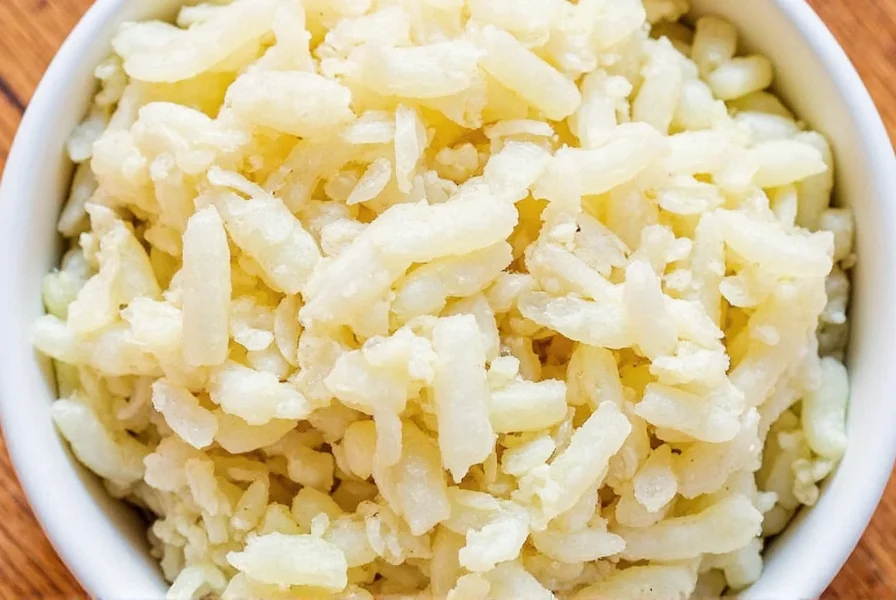
2. Onion Powder
Onion powder is 3x more concentrated than dried minced onions. Use 1 teaspoon per tablespoon of dried onions to avoid overpowering your dish. It dissolves instantly and works perfectly in dry applications.
- Bonus: Ideal for spice rubs, seasoning blends, and sauces where texture isn't needed.
- Best For: Marinades, dry rubs, and baked snacks.
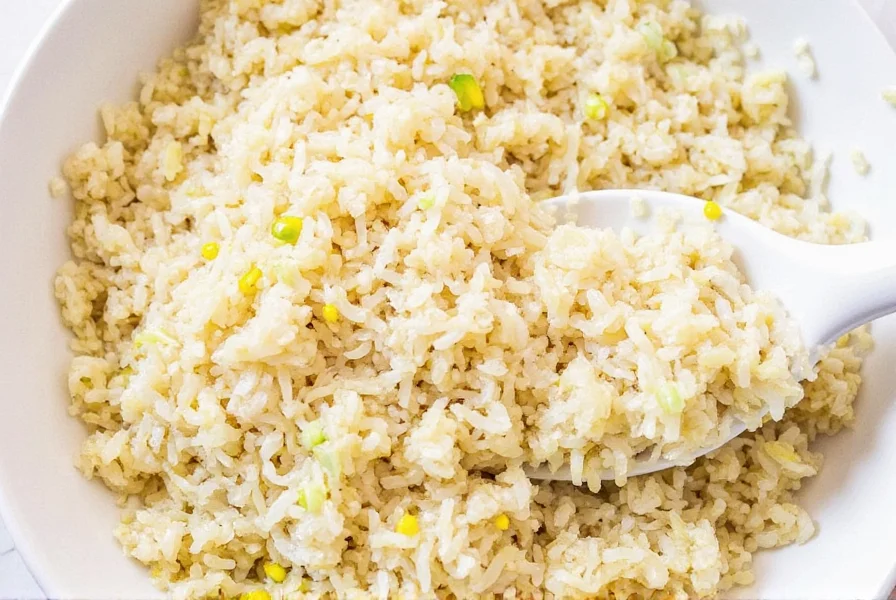
3. Shallots (Fresh or Dried)
Shallots offer a sweeter, more delicate flavor. Use 1 small shallot for every 2 tablespoons of dried minced onions. For dried shallots, use equal volume to dried minced onions.
- Bonus: Perfect for vinaigrettes and gourmet sauces where subtle sweetness matters.
- Best For: Elegant dishes, French cooking, and refined recipes.

4. Garlic Powder (Use Sparingly)
Garlic powder is stronger than onions. Use 1/2 teaspoon per tablespoon of dried onions and adjust to taste. It adds a different dimension but won't replicate true onion flavor.
- Bonus: Great for meat dishes and tomato-based sauces where garlic complements the flavor profile.
- Best For: Meatloaf, burgers, and hearty stews.
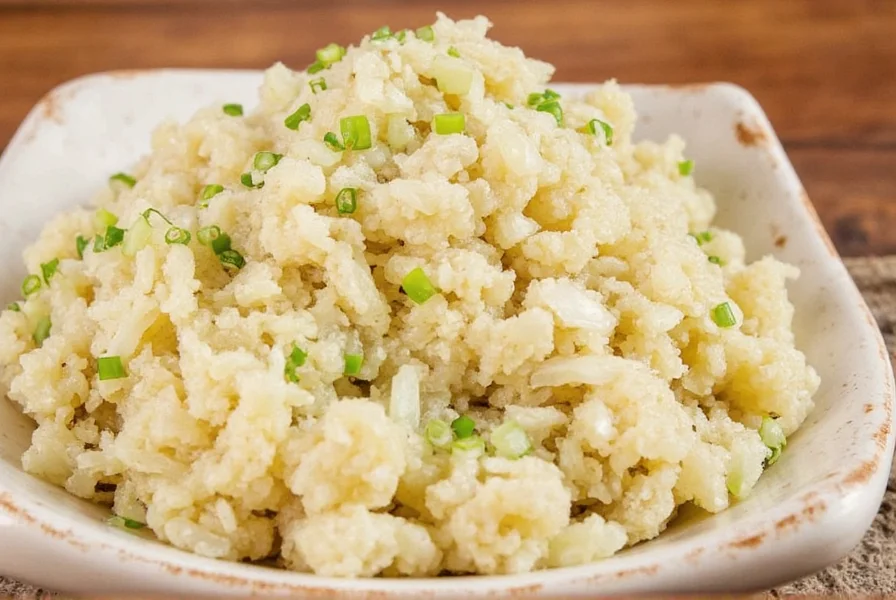
5. Leeks (Trimmed & Finely Chopped)
Use only the white and light green parts of leeks. 1/4 cup chopped leeks = 2 tablespoons dried minced onions. Leeks are milder and sweeter than regular onions.
- Bonus: Adds subtle sweetness and soft texture to creamy dishes.
- Best For: Creamy soups, quiches, and risottos.
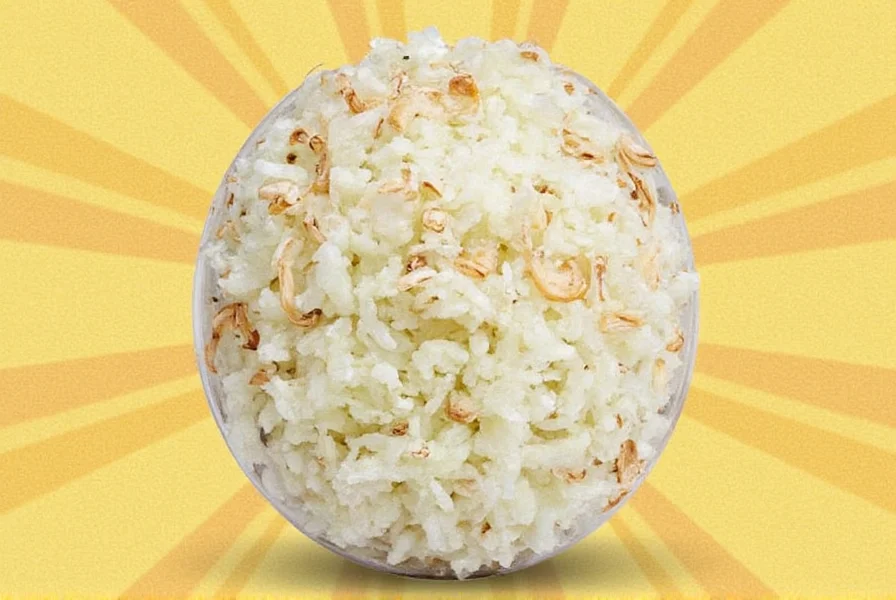
6. Green Onions / Scallions
Use the white part for closest flavor match. 2 tablespoons chopped scallions = 2 tablespoons dried minced onions. They add a fresh, crisp note without overwhelming the dish.
- Bonus: Perfect for garnishes and raw applications where texture matters.
- Best For: Asian dishes, tacos, salads, and fresh salsas.
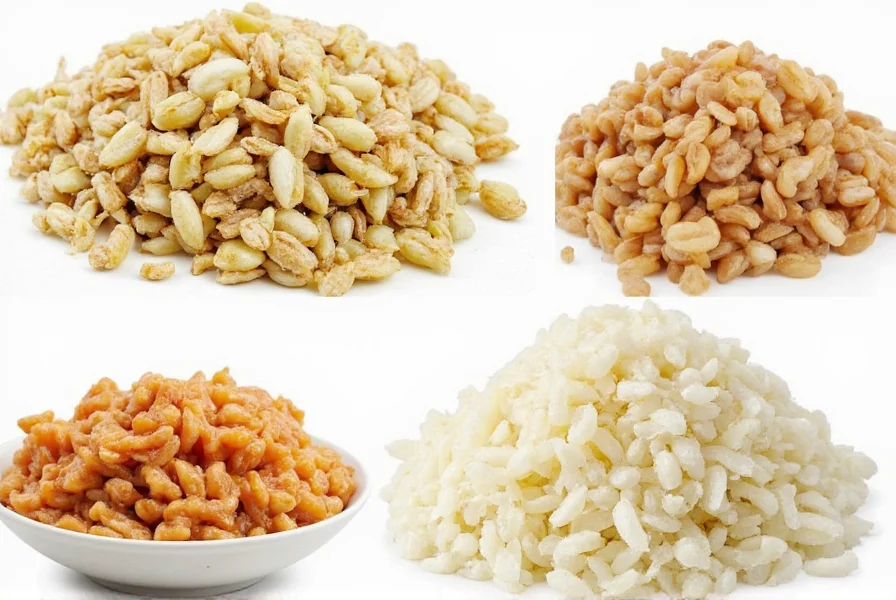
7. Commercial Onion Substitutes (e.g., McCormick Onion Granules)
Pre-packaged granules like McCormick Onion Granules are designed as direct replacements. Use equal measure to dried minced onions for consistent results.
- Bonus: Ready-to-use with no prep needed—ideal for quick meals or camping.
- Best For: Fast cooking, baking, and pantry staples.
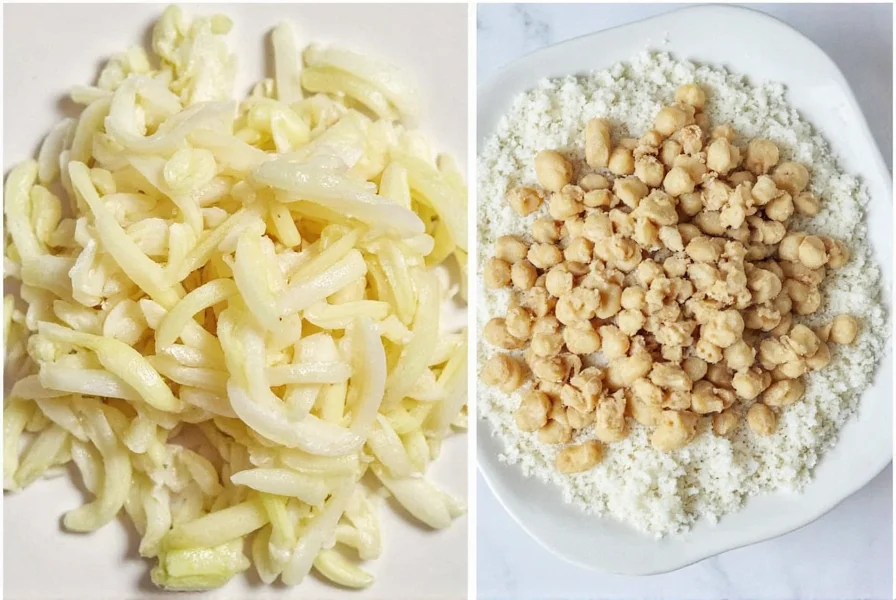
Buying Guide for Onion Alternatives
When selecting onion substitutes, prioritize these features for best results:
- Natural Ingredients: Avoid artificial additives; choose products with 100% dehydrated onions.
- Packaging: Opt for airtight glass jars or resealable bags to preserve freshness.
- Grind Size: Fine powder for sauces, coarse granules for texture in baked goods.
- Brand Reputation: Trusted brands like McCormick and Simply Organic ensure consistent quality.
McCormick Onion Granules
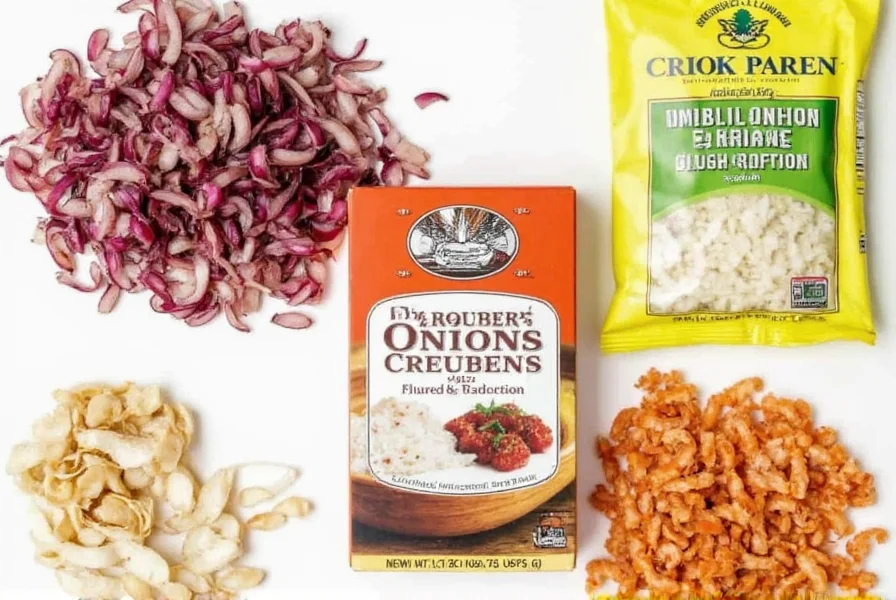
- Features: Real dehydrated onions, no additives
- Advantages: Long shelf life, rich flavor, easy to find
- Use Cases: Everyday cooking, quick meals, camping
- Target Audience: Home cooks and outdoor enthusiasts
- Suitable Occasions: Any dish needing a burst of onion flavor
Simply Organic Onion Powder
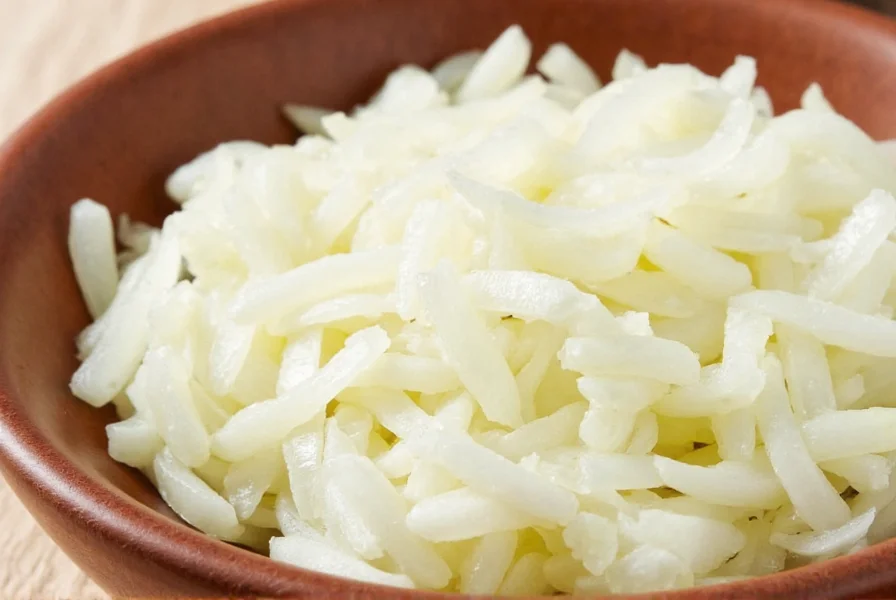
- Features: USDA-certified organic, non-GMO
- Advantages: Versatile, dissolves easily
- Use Cases: Dry rubs, spice blends, baking
- Target Audience: Health-conscious cooks
- Suitable Occasions: Health-focused meals, meal prep
Badia Dehydrated Shallots
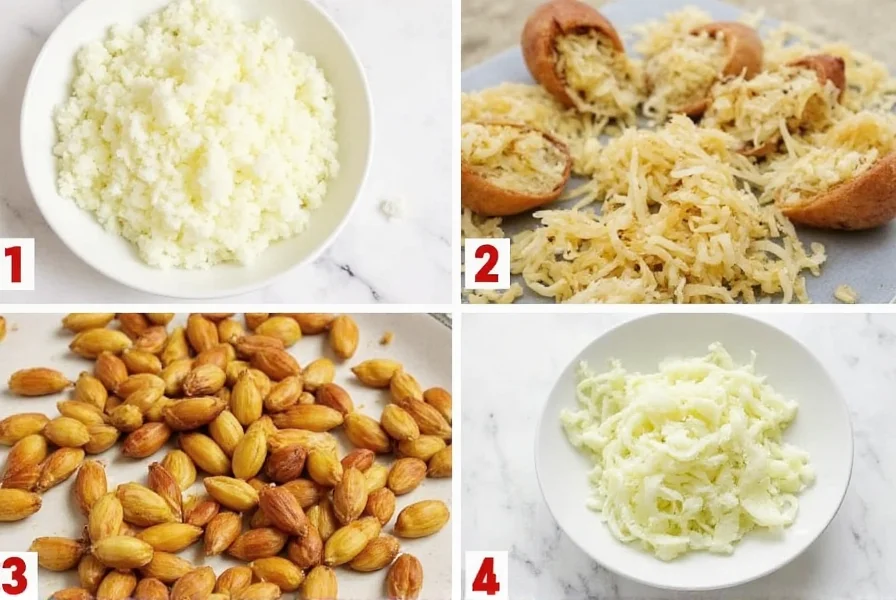
- Features: Lightly seasoned, crispy texture
- Advantages: Adds crunch and mild flavor
- Use Cases: Toppings, rice dishes, pasta
- Target Audience: Gourmet and adventurous cooks
- Suitable Occasions: Fancy dinners, themed cuisine
| Product | Positive Sentiment | Neutral Sentiment | Negative Sentiment | Source |
|---|---|---|---|---|
| McCormick Onion Granules | 85% (praised for consistent flavor in meatloaf and long shelf life) | 10% (noted as "standard pantry item") | 5% (complaints about occasional clumping) | Amazon Reviews (12,458) |
| Simply Organic Onion Powder | 82% (highlighted for clean ingredient list in health-focused recipes) | 13% (mentioned as "reliable but expensive") | 5% (concerns about packaging durability) | Amazon Reviews (4,872) |
| Badia Dehydrated Shallots | 78% (loved for crisp texture in Asian dishes) | 15% (described as "good but not gourmet") | 7% (criticized for inconsistent rehydration) | Amazon Reviews (2,194) |
Storage Tips & Shelf Life
Maximize freshness with these storage tips:
- Keep It Cool: Store in a dark pantry away from heat sources.
- Air-Tight Containers: Transfer to glass jars to prevent moisture exposure.
- Avoid Moisture: Add silica gel packets to maintain dryness.
- Label & Date: Track purchase dates for rotation.
Typical Shelf Life of Onion Alternatives
- Onion Powder: 2–3 years
- Granulated Onions: 2–3 years
- Dehydrated Shallots: 1–2 years
- Leeks (Fresh): Up to 2 weeks in fridge
- Scallions (Fresh): 5–7 days refrigerated
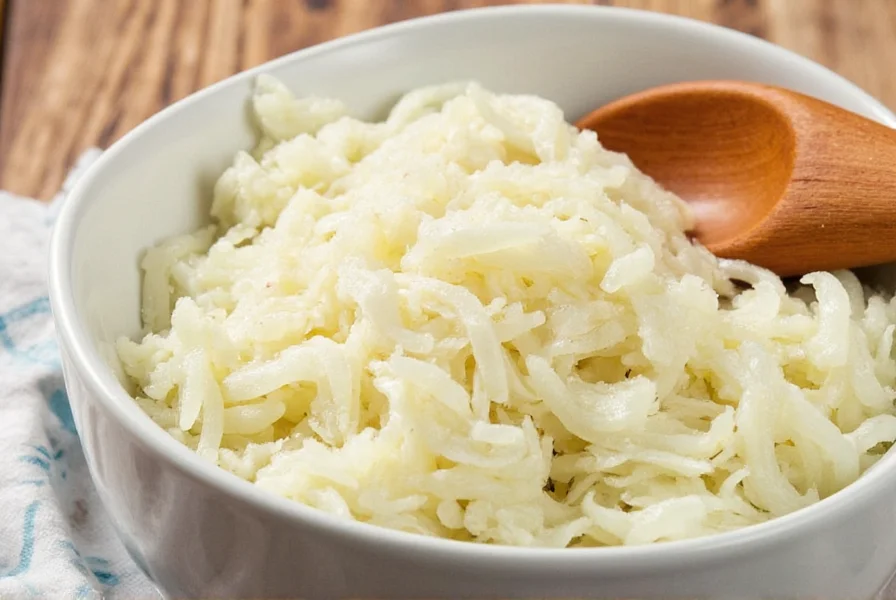
Frequently Asked Questions
Can I use fresh onions instead of dried minced onions?
Absolutely! Use 1/4 cup chopped fresh onions for every 2 tablespoons of dried minced onions. Always sauté fresh onions first to remove excess moisture. Reduce other liquids in the recipe by 1-2 tablespoons per 1/4 cup used.
Is there a difference between onion powder and dried minced onions?
Yes! Onion powder is 3x more concentrated than dried minced onions. Use 1 teaspoon onion powder = 1 tablespoon dried minced onions. Onion powder dissolves completely, while dried minced onions retain texture when rehydrated.
Are onion substitutes gluten-free?
Most pure onion substitutes are naturally gluten-free. However, check labels for pre-made blends that may contain anti-caking agents or be processed in facilities with gluten-containing products.
How much garlic powder equals dried minced onions?
Use 1/2 teaspoon garlic powder for every 1 tablespoon of dried minced onions. Garlic is stronger than onions, so start with less and adjust to taste. It's best for savory dishes where garlic complements the flavor profile.
Can I freeze dried onions?
Freezing is unnecessary. Properly stored in an airtight container in a cool, dry pantry, dried onions last 2-3 years. Freezing may cause moisture issues and won't significantly extend shelf life.
What's the best substitute for dried minced onions in meatloaf or burgers?
Onion powder is ideal for meatloaf and burgers. Use 1 teaspoon per 1 tablespoon of dried minced onions called for in your recipe. It distributes evenly without adding excess moisture.
Can I make my own dried minced onions at home?
Yes! Thinly slice fresh onions, spread on a baking sheet, and dry in the oven at 170°F (77°C) for 4-6 hours until crisp. Store in an airtight container for up to 6 months. This is cost-effective for bulk use.
How do I adjust recipes when substituting fresh for dried onions?
When replacing dried minced onions with fresh, reduce other liquids by 1-2 tablespoons per 1/4 cup fresh onions used. For baked goods, increase cooking time by 5-10 minutes to evaporate excess moisture.
Conclusion: Don't Cry Over Missing Onions!
You now have a proven, accurate arsenal of substitutes ready to rescue any recipe. Whether you choose onion powder for dry rubs, fresh onions for stews, or commercial granules for camping, these swaps deliver restaurant-quality results with no compromise on flavor.
Remember: Cooking is about creativity—and precision. With these exact measurements and expert tips, you'll never be stuck without the perfect onion substitute again!
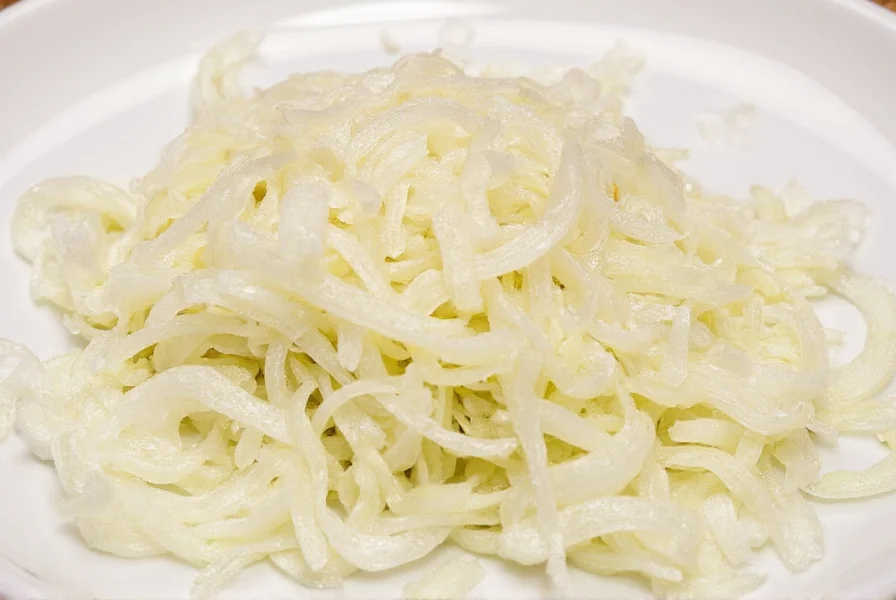

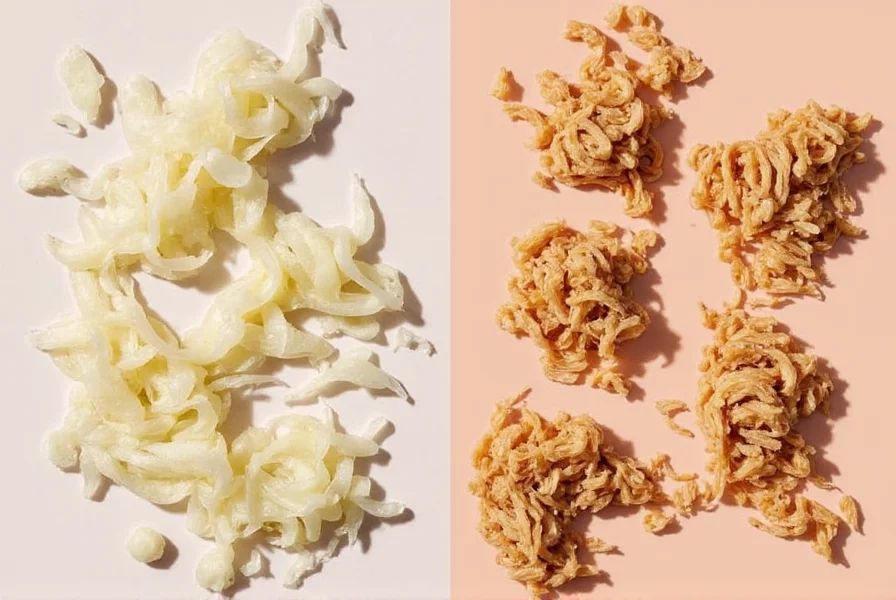









 浙公网安备
33010002000092号
浙公网安备
33010002000092号 浙B2-20120091-4
浙B2-20120091-4